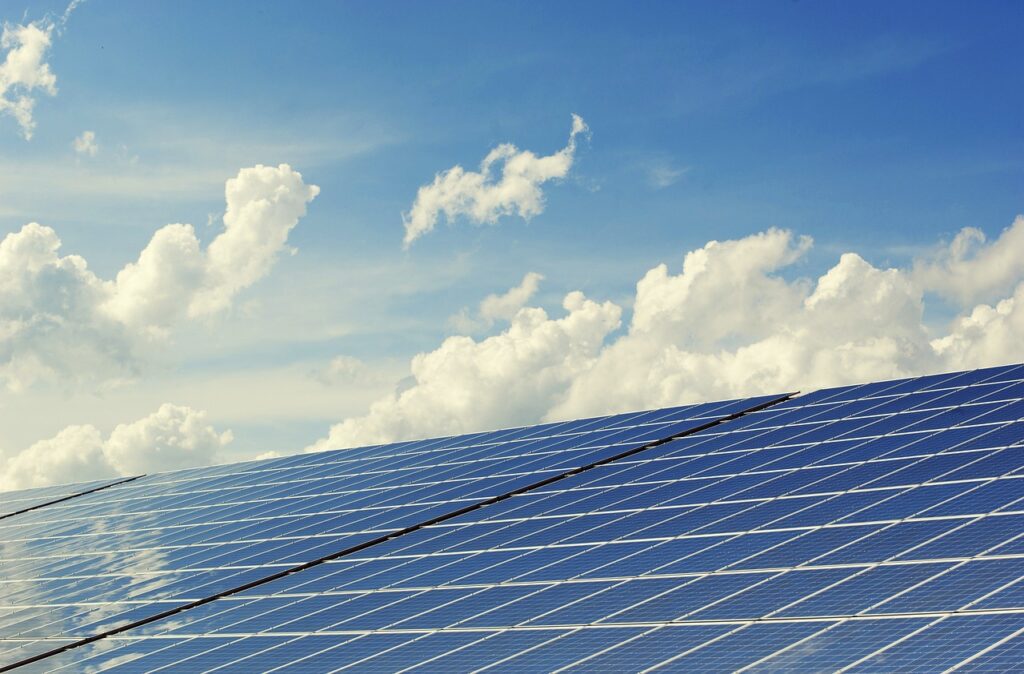"Maximize Efficiency with Rooftop Solar Installation Tips"
In the quest for sustainable energy solutions, rooftop solar installations have become increasingly popular among homeowners and businesses. By harnessing the sun’s power, these systems offer a renewable, eco-friendly source of electricity that can significantly reduce energy bills and carbon footprints. However, to fully reap the benefits of a rooftop solar system, it’s crucial to maximize the efficiency of the installation process. This blog will explore essential tips for optimizing your rooftop solar installation, ensuring you get the most out of your investment.
Introduction
Rooftop solar installation involves placing photovoltaic (PV) panels on the roof of a building to convert sunlight into electricity. This process requires careful planning and consideration to ensure optimal performance and efficiency. From choosing the right type of solar system to selecting the best location for installation, every step plays a vital role in the overall success of the project. By following these tips, you can maximize the efficiency of your rooftop solar installation and enjoy long-term savings and environmental benefits.
Assess Your Roof’s Suitability
The first step in a successful rooftop solar installation is to assess the suitability of your roof. Not all roofs are ideal for solar panels, and several factors need to be considered:
1. Orientation and Tilt: Solar panels perform best when they are oriented towards the south in the Northern Hemisphere or towards the north in the Southern Hemisphere. The tilt angle should also be optimized to capture the maximum amount of sunlight throughout the year.
2. Roof Condition: Ensure that your roof is in good condition and can support the additional weight of the solar panels. If your roof needs repairs or replacement, it’s best to address these issues before installing the solar system.
3. Shade: Assess any potential shading from nearby trees, buildings, or other structures. Shade can significantly reduce the efficiency of solar panels, so it’s essential to minimize shading as much as possible.
Choose the Right Type of Solar System
Selecting the appropriate type of solar system is crucial for maximizing efficiency. There are several types of solar systems to consider:
1. Grid-Tied Solar Systems: These systems are connected to the local utility grid, allowing you to use electricity from the grid when your solar panels aren’t producing enough power. Excess electricity generated by your solar panels can be fed back into the grid, often earning you credits or payments through net metering programs.
2. Off-Grid Solar Systems: These systems are not connected to the grid and rely entirely on solar panels and battery storage. They are ideal for remote locations where grid access is unavailable but require a larger initial investment in batteries.
3. Hybrid Solar Systems: Combining the benefits of grid-tied and off-grid systems, hybrid systems use solar panels, battery storage, and grid connection. This setup provides greater energy independence and reliability.
Optimize Solar Panel Placement
The placement of your solar panels can significantly impact the efficiency of your rooftop solar installation. Here are some tips for optimal placement:
1. Maximize Sun Exposure: Position the panels to receive the maximum amount of sunlight throughout the day. Avoid placing panels in shaded areas or where they will be obstructed by chimneys, vents, or other roof features.
2. Spacing: Ensure there is adequate spacing between panels to prevent shading from adjacent panels. Proper spacing also allows for better air circulation, which can help keep the panels cool and improve efficiency.
3. Angle Adjustment: Consider using adjustable mounts that allow you to change the angle of the panels to follow the sun’s path more closely throughout the year. This can help maximize energy production.
Use High-Quality Components
Investing in high-quality components for your rooftop solar installation is essential for long-term performance and reliability. Here are some key components to consider:
1. Solar Panels: Choose panels with high efficiency and durability. Monocrystalline panels are typically more efficient than polycrystalline panels but may come at a higher cost. Look for panels with a good warranty to ensure long-term performance.
2. Inverters: Inverters convert the direct current (DC) produced by the solar panels into alternating current (AC) used by your home or business. High-quality inverters are crucial for maximizing the efficiency of your solar system. Consider using microinverters, which are installed on each panel, to improve performance and reduce the impact of shading.
3. Mounting Systems: Select a durable and weather-resistant mounting system that can securely hold the panels in place. The mounting system should be compatible with your roof type and provide adequate ventilation to prevent overheating.
Monitor and Maintain Your Solar System
Regular monitoring and maintenance are essential for ensuring the long-term efficiency of your rooftop solar installation. Here are some tips for effective monitoring and maintenance:
1. Monitoring System: Install a monitoring system that allows you to track the performance of your solar panels in real-time. This can help you identify and address any issues promptly, ensuring optimal performance.
2. Cleaning: Keep your solar panels clean and free of debris. Dirt, dust, and bird droppings can reduce the efficiency of your panels. Regular cleaning can help maintain their performance.
3. Inspections: Conduct regular inspections of your solar system to check for any damage or wear. Look for loose connections, cracks in the panels, or any other signs of potential issues. Address any problems promptly to prevent further damage.
Take Advantage of Incentives and Rebates
Many governments and utility companies offer incentives and rebates to encourage the adoption of solar energy. These financial incentives can significantly reduce the cost of your rooftop solar installation, making it more affordable. Here are some common incentives to look for:
1. Tax Credits: Federal and state tax credits can reduce your tax liability by a percentage of your solar installation costs. For example, the federal Investment Tax Credit (ITC) in the United States allows homeowners to deduct a portion of their solar installation costs from their federal taxes.
2. Rebates: Some utility companies offer rebates for installing solar systems. These rebates can further reduce the upfront cost of your installation.
3. Net Metering: Net metering programs allow you to earn credits or payments for the excess electricity your solar system generates and feeds back into the grid. This can help offset your energy costs and provide additional financial benefits.
Conclusion
Maximizing the efficiency of your rooftop solar installation requires careful planning, high-quality components, and regular maintenance. By assessing your roof’s suitability, choosing the right type of solar system, optimizing panel placement, and taking advantage of financial incentives, you can ensure that your solar installation performs at its best. Investing in solar energy not only provides significant cost savings but also contributes to a more sustainable and eco-friendly future.
With these tips, you can make the most of your rooftop solar installation and enjoy the numerous benefits of solar energy for years to come. Whether you’re a homeowner looking to reduce your energy bills or a business owner aiming to enhance your green credentials, a well-planned and efficient solar installation is a smart and impactful investment.


